Is there a tree on a neighbouring property or are you a tree owner yourself? If so read this ‘understanding tree root damage to property’ article!
Trees are beautiful and majestic, providing shade and adding value to our properties. However, beneath the surface lies a world that could potentially cause property damage.
The Basics of Tree Root Growth
Before we delve into the potential damage that can be caused by tree roots, it’s important to understand the basics of how they grow. Tree roots serve several crucial functions, including anchoring the tree, absorbing water and nutrients from the soil, and storing energy.
Most tree roots typically grow within the top few feet of soil, with the majority concentrated within a few feet of the trunk. However, some tree species can spread their roots far and wide, while others have deep taproots that extend deep into the ground.
Tree roots grow in a complex network, branching out in various directions to explore the soil and seek out resources.
How Tree Roots Grow
Tree roots grow through a combination of primary and secondary growth.
Primary growth occurs at the tips of the roots, where new cells are constantly being produced. These young, actively growing cells push their way through the soil, exploring new territories and expanding the root system. As the roots extend, they encounter various obstacles, such as rocks or compacted soil, which they must navigate around or penetrate.
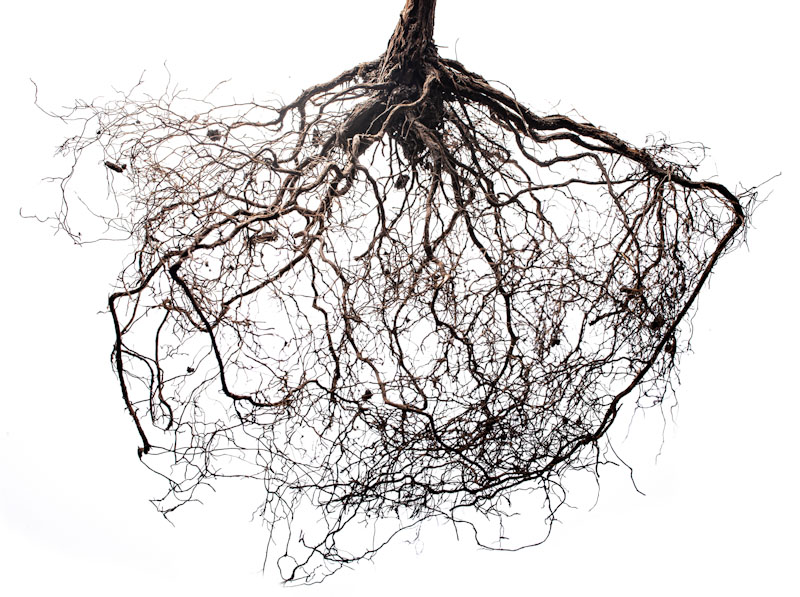
Secondary growth, on the other hand, causes the roots to thicken over time. This growth occurs in the vascular cambium, a layer of tissue located just inside the outer layer of the root. The vascular cambium produces new cells that differentiate into xylem and phloem, which are responsible for transporting water, nutrients, and sugars throughout the tree.
As the roots grow, they exert pressure on the surrounding soil, which can result in soil compaction. Soil compaction can have negative effects on the tree’s health and the overall ecosystem.
Additionally, compacted soil can hinder root growth and cause structural damage to nearby structures, such as pathways or buildings.
Factors Influencing Root Growth
A variety of factors influence how tree roots grow and interact with their environment. Soil conditions play a crucial role in root growth, as different soil types have different drainage capacities and nutrient levels.
Some trees thrive in sandy soils, while others prefer loamy or clay soils. Climate also affects root growth, as trees in dry or cold environments may have adaptations that allow them to survive in harsh conditions.
Lastly, the tree species itself can influence root growth patterns. When it comes to root inflicted damage, willow trees and poplars are among the worst offenders. They have aggressive root systems that go out a long way from the tree.
Willow Trees – Identification
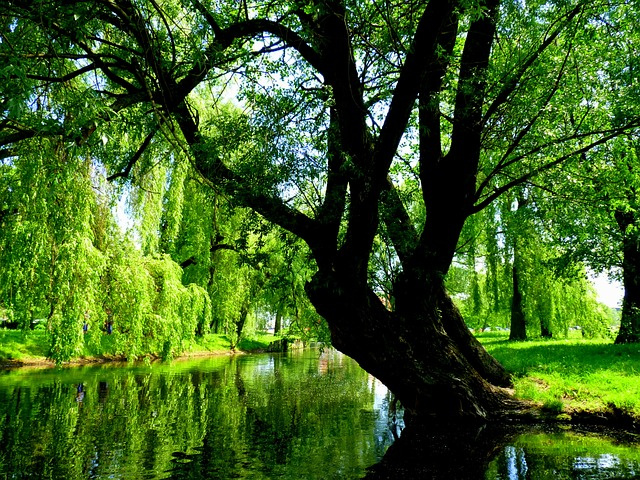
There are several types of willow, but here is an indicative photo to get you started.
Poplars – Tree Identification
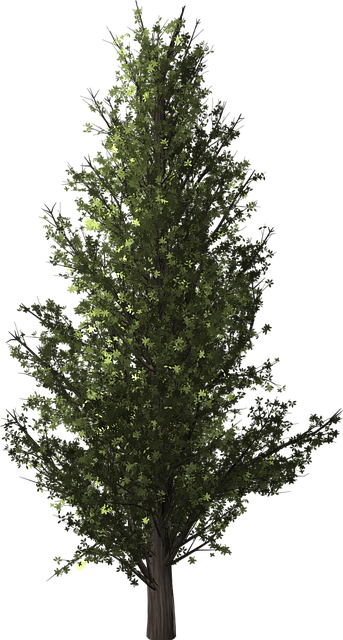
Poplars are closely related to willows. Fortunately for recognition purposes they have a very distinctive shape.
Understanding Tree Root Damage
Spotting the signs of root damage is crucial in order to take timely remedial action, and prevent further harm.
It’s important to understand that the effects can be far-reaching and extend beyond what meets the eye. While cracks in walls and foundations are one of the most obvious signs, there are other tell-tale signs that can help you identify potential tree root damage.
Sunken Ground
For instance, keep an eye out for uneven or sunken areas in the ground, as these can indicate that tree roots have disrupted the soil beneath.
Raised Ground
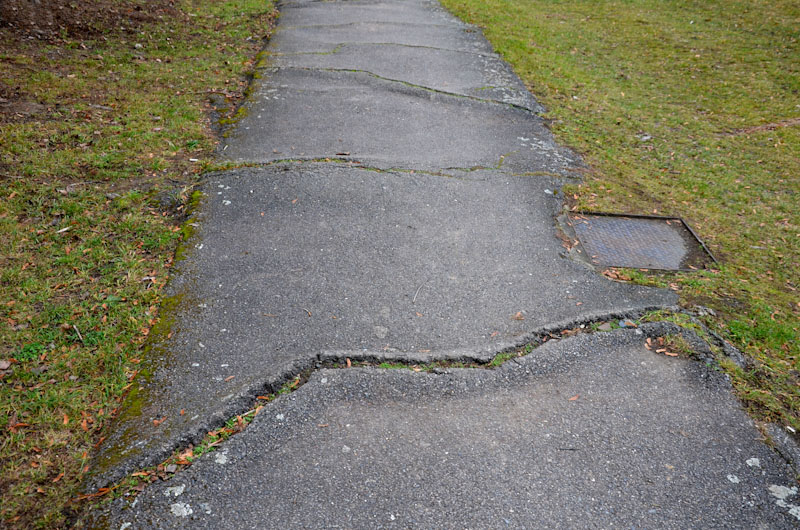
Raised pavement or driveway sections can also be a sign that tree roots have exerted pressure on the surface, causing it to lift and buckle.
Additionally, misaligned fences or decks may suggest that tree roots have grown underneath, causing them to shift and become unstable.
Patios are particularly vulnerable. As tree roots grow and expand, they can push against the surface, causing it to crack and become uneven. This can not only be unsightly but also pose a safety hazard.
Root Invasion of Pipes
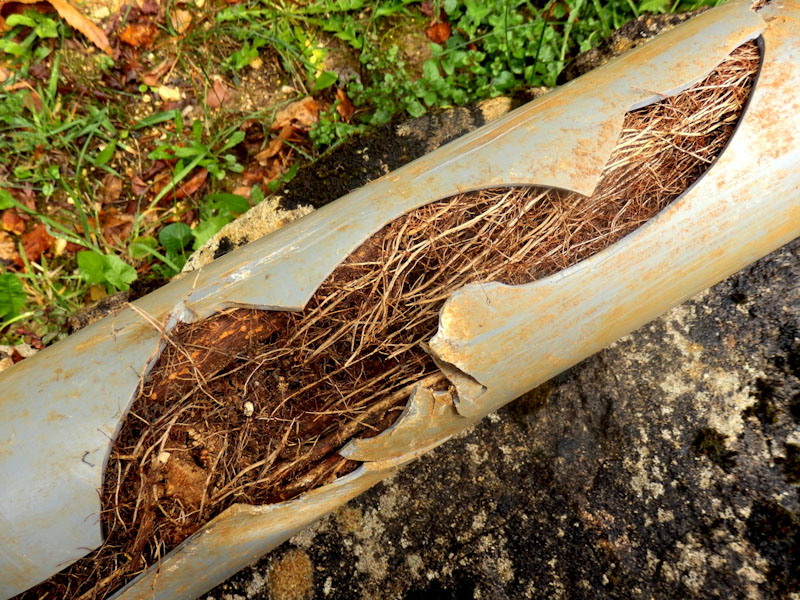
Tree roots have the ability to infiltrate sewage and drainage pipes, causing blockages and backups. This can lead to unpleasant plumbing issues and potential damage to your property.
Structural issues
Tree roots searching for moisture can undermine the stability of the foundation, leading to structural issues and potentially compromising the integrity of your entire house.
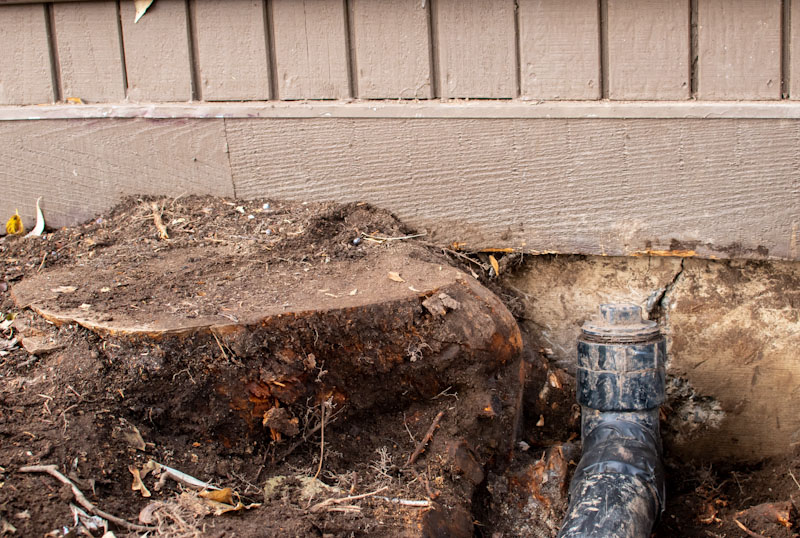
In the picture above a tree stump damaged the foundation and a septic tank at the same time.
When tree roots grow through clay soil, the moisture they absorb may cause the clay to dry out and contract. Therefore, causing any foundation built on clay to potentially move or subside.
Tree Root Damage Prevention
Prevention is always better than a cure. Here are some proactive measures you can take to reduce the risk:
Selecting the Right Trees
Are you going to plant a tree? Be aware, think not only about the here and now but also of the foreseeable future. Make an informed choice. Work with nature, not against it, and protect your property and that of your neighbours.
When choosing trees for your property, consider selecting trees with non-invasive root systems, such as maple or ornamental cherry.
If you want a larger tree, such as an oak, make sure to plant it at a safe distance from any structures or buildings.
Avoid paths, patios, buildings and utility lines.
Do You Suspect Tree Root Damage To Property?
Ignoring the issue can lead to more significant and expensive problems down the line, so prompt action is essential.
Replace Pipes
If your rainwater drainage pipe has been completely blocked by roots there may be nothing for it but to dig it up and replace it. Pipework is cheap but digging can be hard!
Cut Back Roots
If tree on a neighbour’s property is becoming a nuisance, under common law you are legally allowed to trim them back up to the boundary line. However, you should notify your neighbours and the tree owners of your plans in order to prevent a neighbour dispute.
Professional Tree Services
If you’re dealing with extensive root damage, it’s best to call in the professionals. Certified arborists and tree service companies have the expertise and equipment needed to assess the extent of the tree damage and recommend appropriate solutions. They may suggest root pruning, root barrier installation, or even tree removal in severe cases.
Tree Removal
Check your local authority for a tree preservation order or the existence of a conservation area before removing any tree. Make certain who the tree owner is.
UK Legal Term for Tree Root Damage
If a neighbour’s tree’s roots has caused damage to your property, the tree’s owner may be responsible for the damage under the law of nuisance. The cause of the damage from the neighbouring land will need to be determined by a competent arborist, and a surveyor’s report will be needed to give evidence of property damage.
Remember that court action is an expensive undertaking with an uncertain outcome.
A tree owner will not be held responsible liable for any damage caused by a tree if there is just a vague possibility that it could have been responsible.
How Root Damage Affects Property Resale Value
Potential buyers consider many factors when purchasing a property, and root damage can prove to be a significant red flag. It raises concerns about the stability and integrity of the house foundations and structures on the property.
Addressing any existing root damage before putting your property on the market can help preserve its value and make it more appealing to potential buyers.
To Sum Up
Understanding roots is key to maintaining the condition and and safety of your property when trees are nearby. By being proactive, and expanding your knowledge, you can enjoy the benefits that trees offer while protecting your property investment.
If you are buying a property, cast an eye over the neighbour’s tree.
When in doubt, consult with a tree expert or professionals in the field who can provide advice tailored to your specific needs.
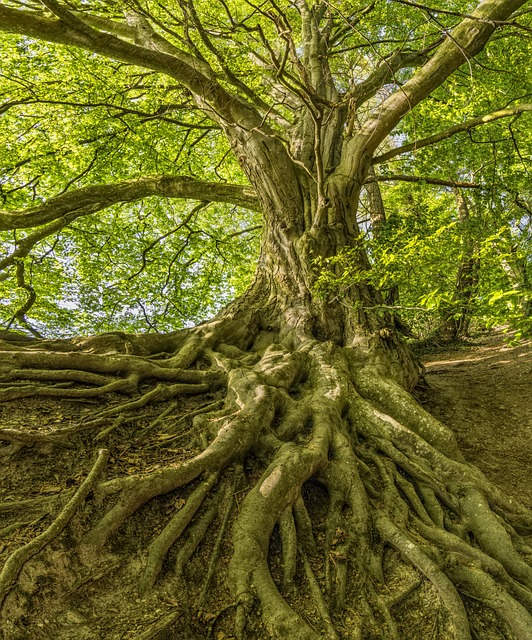
With proper care and attention, you can continue to enjoy the wonders of trees without the worry of root-related problems.
Now that you read ‘Understanding Tree Root Damage To Property’ why not take a look at our article on Japanese Knotweed
see more Helpful Content
Visit our Homepage
